 I just got back from my trip to Orlando, where I tried the new car rental website AutoSlash.com to book, and previously wrote an introductory summary of their features. To briefly recap, the website takes advantage of a unique feature of car rental reservations to continuously check for lower prices over time and re-book you whenever there is a price drop.
I just got back from my trip to Orlando, where I tried the new car rental website AutoSlash.com to book, and previously wrote an introductory summary of their features. To briefly recap, the website takes advantage of a unique feature of car rental reservations to continuously check for lower prices over time and re-book you whenever there is a price drop.
Here is the price history of my one week rental of a mid-size car in April 2011 from Orlando International Airport (MCO). I later realized it included Good Friday and Easter weekend, which I think increased the demand of cars.
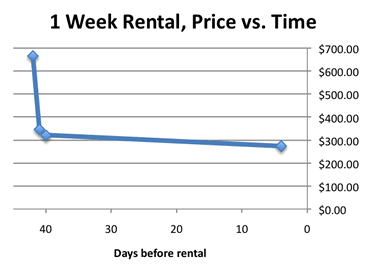
- Day 1 – $665.61 including all taxes and fees, with Payless. This was really the lowest price I could find at the time across Kayak, Expedia, etc.
- Day 2 – $346.18 with Dollar Rent A Car at .
- Day 3 – $320.41 again with Dollar.
- Day 38 – $273.68, final price with Dollar.
As you can see, there was a flurry of activity in the beginning, nothing for a long time, and then finally one last price drop at the end. This is only a theory, but I think that the folks behind Autoslash do a price search for a week or so after your rental reservation is first made, and again a week or so before your actual rental date. Or perhaps this is just a result of how the rental agencies vary their prices over time.
Regardless, I was really happy with my experience, and will use them again in the future. They found a better price than I could have found, with really zero effort on my part. Many of these rental agencies are clones of each other anyway. I picked up my car from Dollar with no issues with my special coupon code, and drove away in a huge Ford Crown Victoria with 9 miles on the odometer since that’s all they had left. I declined all additional insurance coverages from them, and returned it with no problems. This last part is more of a testament to that specific Dollar franchise, but it increases my confidence with places that aren’t Avis or Hertz.
 Person-to-person lending site Prosper is offering new lenders a $104 bonus for the first 200 people to complete a new lender application, starting at Noon Pacific on Wednesday 4/27. You must reinvest the bonus into Prosper loan notes, which you can later sell or collect loan payments from until they mature. I really don’t like these types of promos because it’s hard to know if you’ll actually qualify for the bonus. If you’re interested, definitely apply as close to the start time as possible.
Person-to-person lending site Prosper is offering new lenders a $104 bonus for the first 200 people to complete a new lender application, starting at Noon Pacific on Wednesday 4/27. You must reinvest the bonus into Prosper loan notes, which you can later sell or collect loan payments from until they mature. I really don’t like these types of promos because it’s hard to know if you’ll actually qualify for the bonus. If you’re interested, definitely apply as close to the start time as possible. First, a quick reminder that the
First, a quick reminder that the 

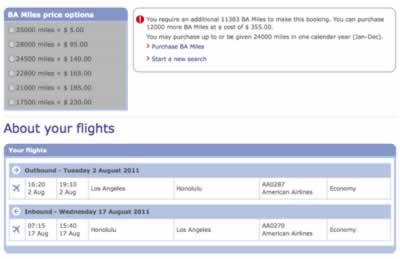
 Money market funds always seek to maintain a published stable net asset value (NAV) of $1.00. If it drops even to $0.99, known as “breaking the buck”, people start to panic. Funds are allowed us book values and then round to the nearest penny ($0.995 becomes $1.00), so small fluctuations can be hidden from investors. On January 31st, the SEC started requiring money market funds to disclose their “shadow” NAV, which is the value of their holding at actual market prices out to four decimals places (i.e. $0.9995 or $1.0003). However, you only get to see them with a 60-day lag and by looking through SEC filings.
Money market funds always seek to maintain a published stable net asset value (NAV) of $1.00. If it drops even to $0.99, known as “breaking the buck”, people start to panic. Funds are allowed us book values and then round to the nearest penny ($0.995 becomes $1.00), so small fluctuations can be hidden from investors. On January 31st, the SEC started requiring money market funds to disclose their “shadow” NAV, which is the value of their holding at actual market prices out to four decimals places (i.e. $0.9995 or $1.0003). However, you only get to see them with a 60-day lag and by looking through SEC filings.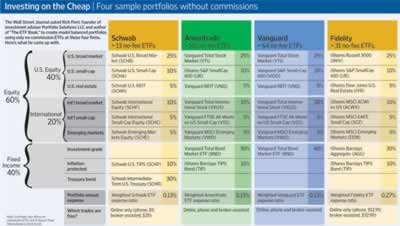
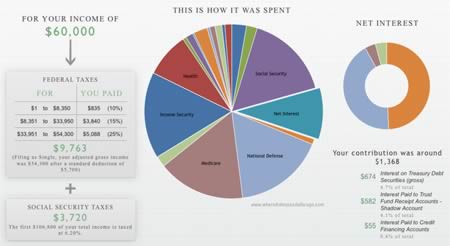
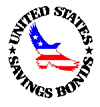 New inflation numbers for March 2011 were announced on April 15th, so it’s time for the usual semi-annual update and rate predictions. This time around presents a good buying opportunity for a low-risk investment with interest rates higher than current bank CDs.
New inflation numbers for March 2011 were announced on April 15th, so it’s time for the usual semi-annual update and rate predictions. This time around presents a good buying opportunity for a low-risk investment with interest rates higher than current bank CDs.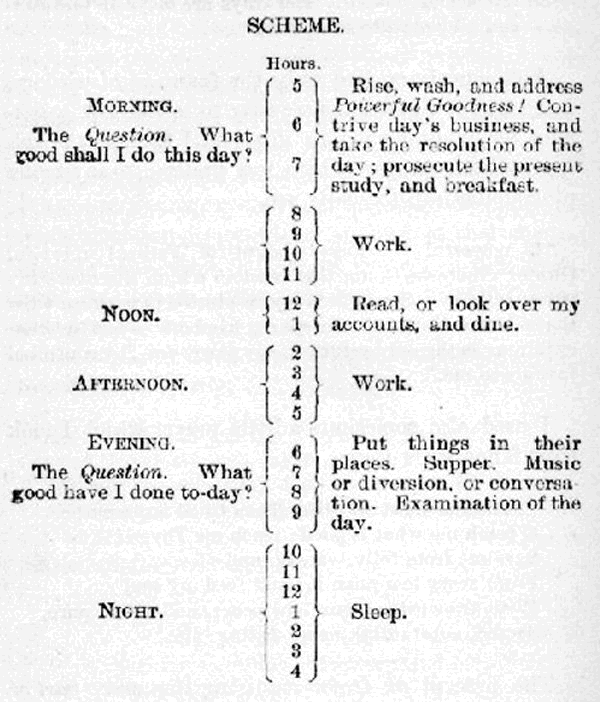
 The Best Credit Card Bonus Offers – March 2024
The Best Credit Card Bonus Offers – March 2024 Big List of Free Stocks from Brokerage Apps
Big List of Free Stocks from Brokerage Apps Best Interest Rates on Cash - March 2024
Best Interest Rates on Cash - March 2024 Free Credit Scores x 3 + Free Credit Monitoring
Free Credit Scores x 3 + Free Credit Monitoring Best No Fee 0% APR Balance Transfer Offers
Best No Fee 0% APR Balance Transfer Offers Little-Known Cellular Data Plans That Can Save Big Money
Little-Known Cellular Data Plans That Can Save Big Money How To Haggle Your Cable or Direct TV Bill
How To Haggle Your Cable or Direct TV Bill Big List of Free Consumer Data Reports (Credit, Rent, Work)
Big List of Free Consumer Data Reports (Credit, Rent, Work)